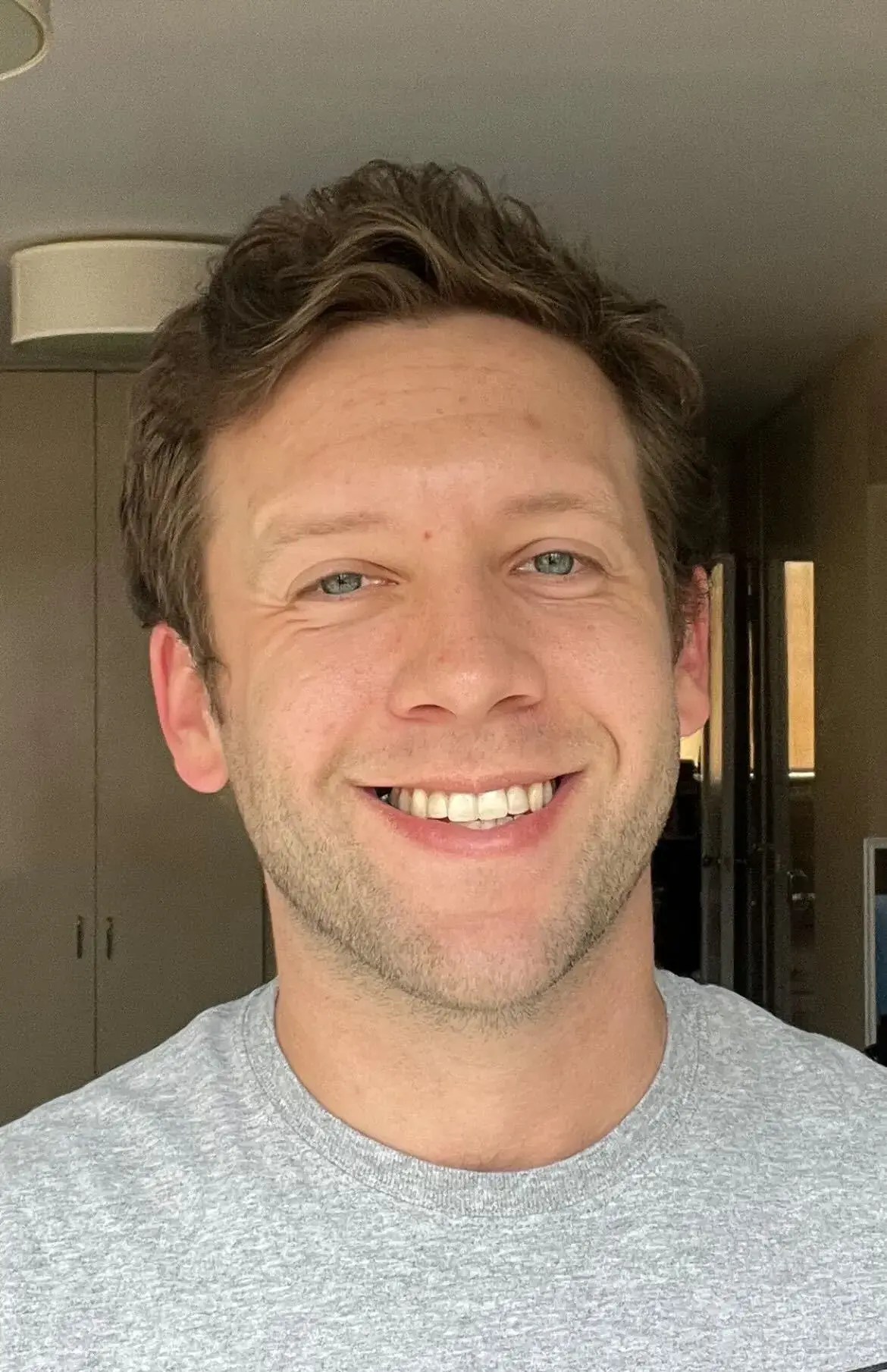
The Character Is Named After a Real Ornithologist
Though many of us know James Bond as a debonair spy, the character’s name was actually inspired by an unassuming real-life ornithologist. The true James Bond was an American researcher and scientist known for writing the 1936 book Birds of the West Indies. The work was a trusted resource for avid bird lovers, and it was relied upon by Bond creator Ian Fleming, who lived in Jamaica. While developing his most famous character in 1952, Fleming co-opted the name “James Bond.” (He later said, “I wanted a really flat, quiet name.”)
As the character grew in popularity during the early 1960s, the real Bond and his wife began receiving phone calls asking to speak to the super spy. Concerned, the couple reached out to Fleming regarding the use of the name. Fleming admitted that he was directly inspired by the birding book, and invited the couple to his Jamaican estate to discuss further. The pair arrived one day in 1964, and the meeting was an amicable one. As the pair departed, Fleming gave them a signed first edition of his new novel, You Only Live Twice, with the inscription: “To the real James Bond from the thief of his identity, Ian Fleming, Feb. 5, 1964 (a great day!).”

Sean Connery Earned a Record Paycheck for “Diamonds Are Forever”
After appearing in the first five Bond films, Sean Connery departed the titular role. The character was taken over by George Lazenby, whose only Bond film proved to be 1969’s On Her Majesty’s Secret Service. Connery returned to play James Bond in 1971’s Diamonds Are Forever, but not before negotiating a lucrative contract. Connery was lured back in part by a record paycheck that saw the actor earn $1.25 million. That number was good enough to be enshrined in Guinness World Records as the highest salary earned for a single acting role at the time.
Connery also earned 12.5% of the movie’s gross, and negotiated the right to not have to interact with the film producers (with whom he was feuding). It wasn’t entirely about getting a major payday for Connery, however: The leading man ended up donating his salary to a charity he founded, known as the Scottish International Education Trust.

Three James Bond Theme Songs Have Won an Oscar
Not only are the Bond movies renowned for their intense action sequences and complicated characters, but the films’ soundtracks have earned critical acclaim as well. Seven James Bond-related films have earned Oscar nominations for Best Original Song, though oddly enough, the first such nomination came for the theme song of a 1967 parody of the novel Casino Royale, starring David Niven. That song was titled “The Look of Love,” composed by Burt Bacharach and Hal David, and sung by Dusty Springfield.
The first official Bond film to be nominated for Best Original Song was Live and Let Die, whose title track was written by Linda and Paul McCartney. Later, the 1977 Bond movie The Spy Who Loved Me earned a musical nomination for Carly Simon’s “Nobody Does It Better.” 1981’s “For Your Eyes Only” was also nominated for its title song, sung by Sheena Easton.
The Bond franchise finally took home a Best Original Song Oscar for the 2012 movie Skyfall, an award won thanks to a haunting tune performed by Adele. The series followed that up with yet another win in 2015 for Sam Smith’s “Writing’s on the Wall” from the movie Spectre, and most recently in 2021 for Billie Eilish’s performance of the title track from No Time to Die. Eilish not only became the youngest artist to record a Bond song at just 17 years old, but was also the first person born in the 21st century to win an Academy Award.
More Interesting Reads

Desmond Llewelyn Appeared in the Most James Bond Films
No individual has appeared more frequently as James Bond than Roger Moore, who starred as the spy in seven official films. But in terms of total appearances by any character, actor Desmond Llewelyn has Moore beat. Beginning with 1963’s From Russia With Love, Llewelyn portrayed Q — the quartermaster of the MI6 lab known for coming up with inventive gadgets and his humorous interactions with Bond — on 17 different occasions. Llewelyn continued to play Q through 1999’s The World Is Not Enough, when he retired from the role.
Though Llewelyn tops the list of most acting appearances in the Bond franchise, Lois Maxwell also reached double digits. Maxwell showed up as Moneypenny, a secretary at MI6, in 14 different films, first portraying the role in the very first Bond movie, 1962’s Dr. No. Maxwell reprised the character for each canonical Bond film starring Sean Connery, George Lazenby, and Roger Moore, before both she and Moore finally retired after 1985’s A View to a Kill. In doing so, Maxwell became the last actor from the original film to depart the franchise.

“From Russia With Love” Was the Last Movie John F. Kennedy Ever Saw
President John F. Kennedy was among the Bond franchise’s fervent early supporters, having been gifted a copy of the novel Casino Royale while recovering from back surgery in 1954, long before Bond became widely popular. Kennedy was such a fan that he even invited Ian Fleming to his house during the 1960 presidential campaign, where the pair discussed foreign affairs. In 1961, shortly after JFK’s inauguration, the new President told reporters that Fleming’s novel From Russia With Love was among his favorite books. The remark caused James Bond to spike in popularity.
After Kennedy’s comments, Bond books began flying off the shelves, which in turn helped convince Eon Productions to produce a film version of one of Fleming’s novels. The result was 1962’s Dr. No, which was screened at the White House shortly after its release. During that event, Kennedy commented that they should turn his favorite novel — From Russia With Love — into a movie, which producers did the following year. On November 20, 1963, JFK was shown a rough cut of the film From Russia With Love, just one day before he left on his fateful trip to Dallas.

Children’s Author Roald Dahl Wrote “You Only Live Twice”
Roald Dahl is one of history’s most prolific children’s authors, responsible for literary works including Charlie and the Chocolate Factory and James and the Giant Peach. Dahl’s work didn’t just cater to youths, however, as the author also embarked on a screenwriting career that saw him produce the script for 1967’s You Only Live Twice.
Dahl coincidentally lived a life akin to James Bond in a lot of ways, having served in a New York-based branch of the British intelligence service during World War II known as the British Security Co-ordination. According to a 2010 Dahl biography, the author was viewed by his peers as a cunning flirt who successfully seduced high-profile American women into supporting the British wartime effort. Given Dahl’s experience, it only made sense that he was brought aboard to adapt Fleming’s 1964 novel into a film. During pre-production, Dahl scrapped much of the book’s original story line, though he retained villainous characters such as Blofeld, who became a mainstay of the Bond franchise. Dahl was also inspired by the sci-fi elements of Goldfinger — the only Bond movie Dahl had seen to that point — and wrote a story centered around space-age technology that in turn became a smash hit.












